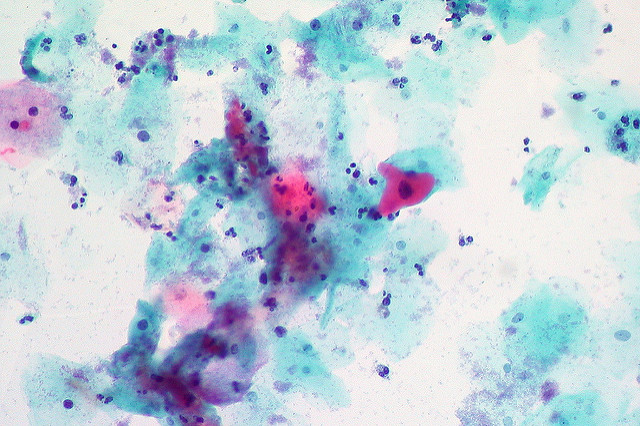Last month, Australian media ran articles predicting Australia would be the first country in the world to eradicate cervical cancer. University of Otago’s Associate Professor Peter Sykes asks whether that’s realistic and if it could be achieved in New Zealand.
An excerpt (read in full):
We can prevent cervical cancer by preventing the HPV infection. This is most effectively done by vaccination, or by detecting and treating precancerous abnormalities through cervical screening.
The introduction of cervical screening has more than halved rates of cervical cancer in New Zealand but still over 150 women contract it and about 55 women die from it every year. Cancer develops for three reasons: because women do not have smears; because the smear test does not pick up the abnormality present; or because a detected cervical abnormality is not effectively treated.
By far the most important reason cancers occur is that women fail to access screening. Three-quarters of New Zealand women have had a smear. But only about half of all women have smears every three years. Unfortunately, those who most struggle to access regular smears include those from more socioeconomically-deprived communities, Māori and Pacific women. This is reflected in cancer statistics.
Despite a concerted effort by the National Screening Unit (NSU) there has been little change in screening or cancer rates over the last 10 years. It appears that a new approach is needed.
